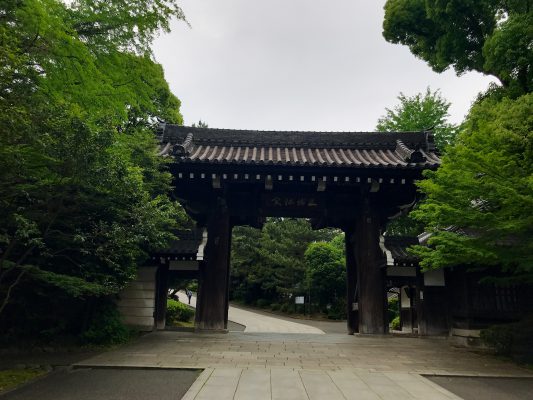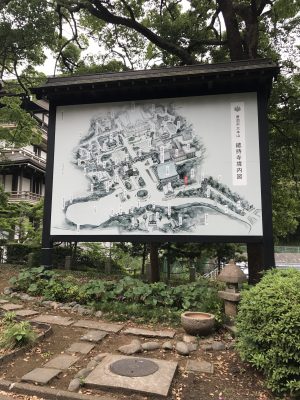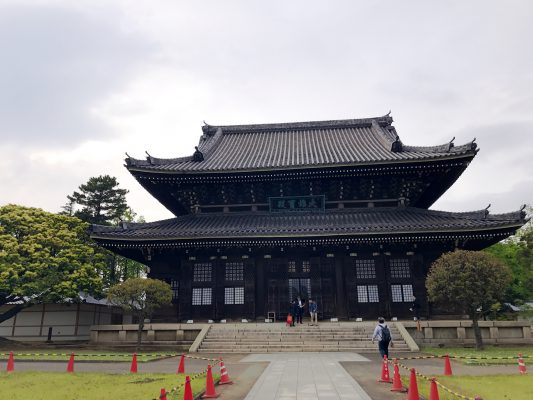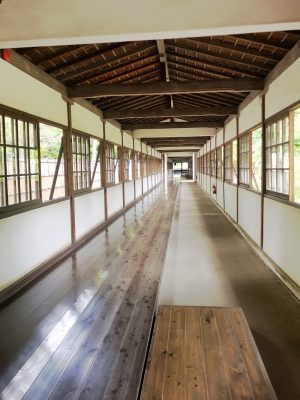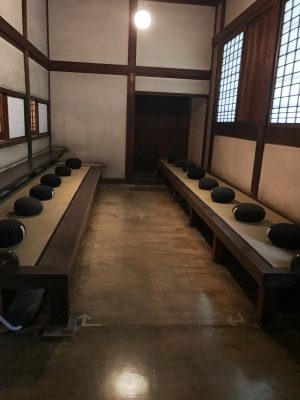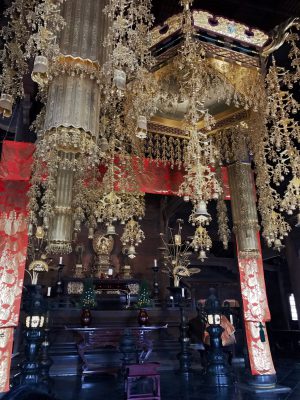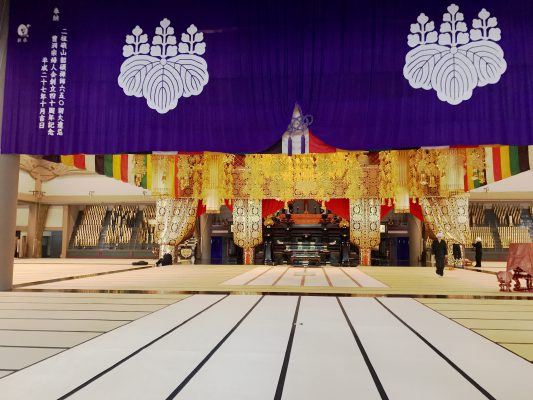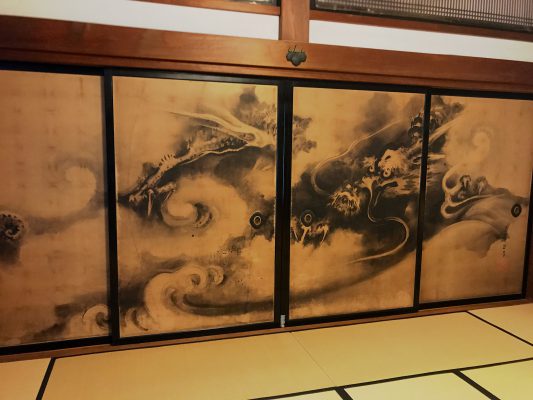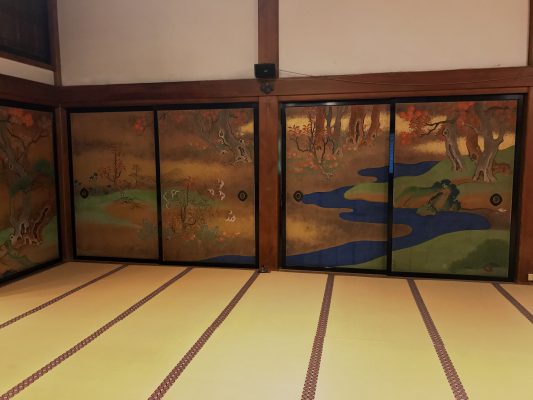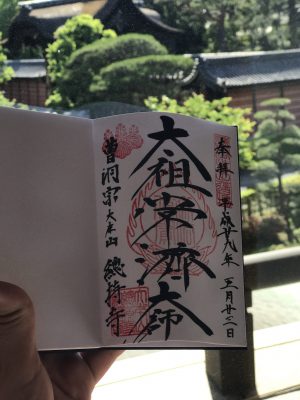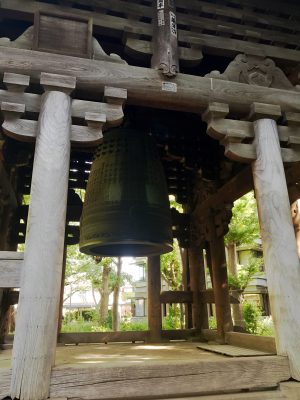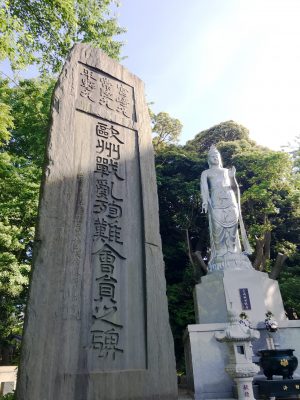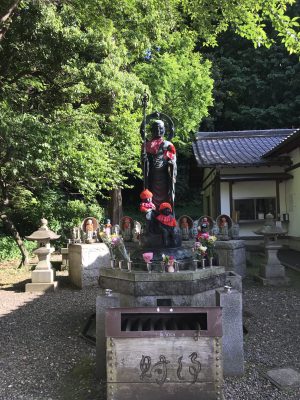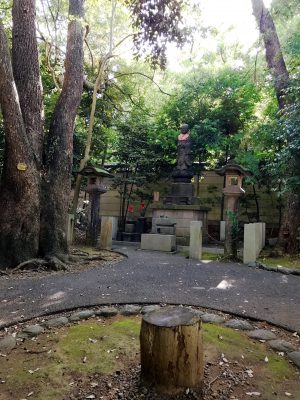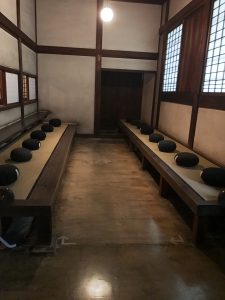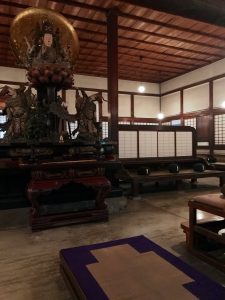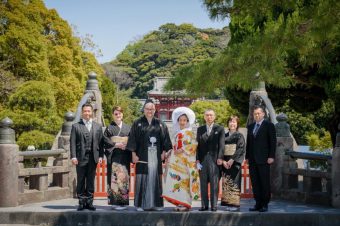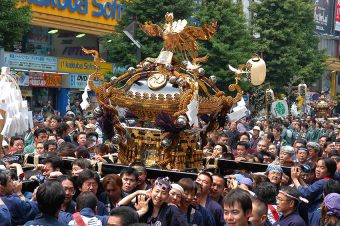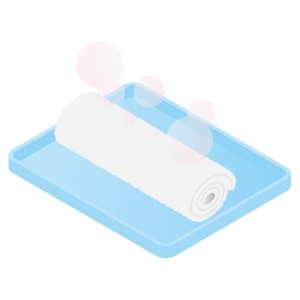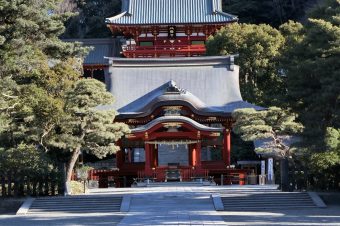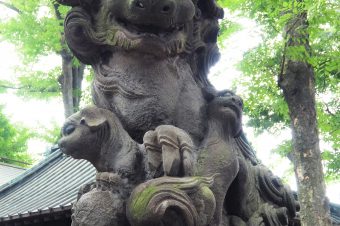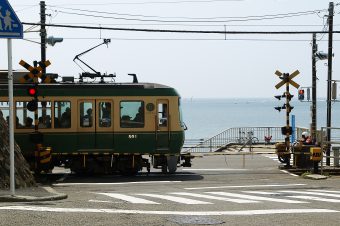Earlier this week, I hopped aboard a train to Yokohoma and headed to Sojiji temple. It was here that I had the incredible opportunity to take place in Zazen, led by the Soto Zen monks of the temple. When I first started writing this article, I thought it would be a good idea to focus on the history of the incredible temple and the difference between of Soto Zen and Rinzai. However, this topic is covered in many articles on this website. I highly recommend that you read about the Sojiji temple here and the differences of Soto Zen and Rinzai here. Instead of the traditional temple history, I will share about my day experiencing zazen.
For those of you that don’t know exactly what zazen is, zazen is often considered the heart of the Soto Zen Buddhism. it involves suspending all judgmental thinking and letting words, ideas, images, and thoughts pass by without getting involved in them. The goal of zazen is to achieve tranquility, while the end goal is to discover ideal state of supreme enlightenment. You likely recognize this description as meditation. This is because zazen is often considered one of the most prevalent forms of meditation.
My experience with zazen began when we first entered the Sojiji temple. First the monks had us remove our shoes and switch into traditional zazen slippers. We were then whisked off to a room where we were given specific zazen robes to wear. After we put on our robes, we followed the monks into a dimly lit room. Here we would be practicing zazen. There room contained around 50 raised platforms covered in tatami mats. Next the monks showed us the proper steps for zazen. This included posture, hand positions, where to look, and how to sit on the zafu cushion. I found this not only very helpful but incredibly fascinating. It felt more like a work of art than a tutorial. By the end of this introduction, I felt more than prepared to practice zazen.
After the tutorial finished, the monks assigned us each to a specific tatami mat. We followed the steps, removed our slippers, and began our journey. I’m not sure if it was the dimly lit room or just the lack of noise, but I found the experience very soothing. I tried my best to completely clear my mind and I found this to be the hardest part. Just as I was about to clear my mind, I heard a rather loud sound that sounded like a fly swatter. This is the part of zazen nobody told me about – this sound belonged to the keisaku, or the “awakening stick,” as it is often known.
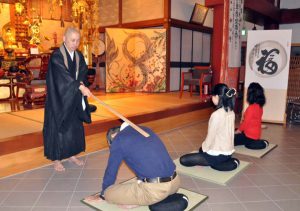 Exclusive to Soto Zen zazen, the keisaku” is a large paddle-like stick that a monk carries around the room. If you find that you cannot focus or are starting to feel tired, you raise your hands into “gassho,” which means placing your palms together as if you’re praying. The monk will stand in front of you and you will bow to each other. Then, you move your head so that your shoulders are open what follows next are one light tap and one harder tap, which makes a rather loud sound. Because this was my first time doing zazen, I of course had to experience the keisaku. If I’m being honest, the idea of this definitely terrified me and raised my anxiety a bit. But when all was said and done, it didn’t feel like much at all. Afterwards I was refreshed and ready to clear my mind. When the 40 minutes were up and the zazen session was over, I not only felt incredible relaxed but I actually wished the session would have lasted longer.
Exclusive to Soto Zen zazen, the keisaku” is a large paddle-like stick that a monk carries around the room. If you find that you cannot focus or are starting to feel tired, you raise your hands into “gassho,” which means placing your palms together as if you’re praying. The monk will stand in front of you and you will bow to each other. Then, you move your head so that your shoulders are open what follows next are one light tap and one harder tap, which makes a rather loud sound. Because this was my first time doing zazen, I of course had to experience the keisaku. If I’m being honest, the idea of this definitely terrified me and raised my anxiety a bit. But when all was said and done, it didn’t feel like much at all. Afterwards I was refreshed and ready to clear my mind. When the 40 minutes were up and the zazen session was over, I not only felt incredible relaxed but I actually wished the session would have lasted longer.
If you are in Japan I can’t recommend the Sojiji temple enough. It is a beautiful place that you could spend an entire day exploring. Make sure to check the website before you go because once a month they offer an hour long English zazen session for only 500¥.
Name: Sojiji Temple
Japanese name: 總持寺
Affiliation: Soto Zen Buddhism
Address: 2-1-1, Tsurumi Tsurumi-ku, Yokohama-shi, Kanagawa-ken
Price: Free
Website: http://sojiji.jp/english/index.html
